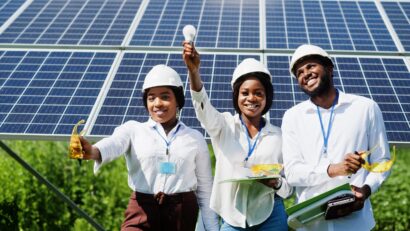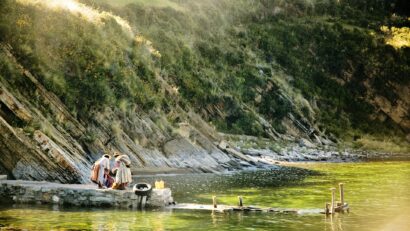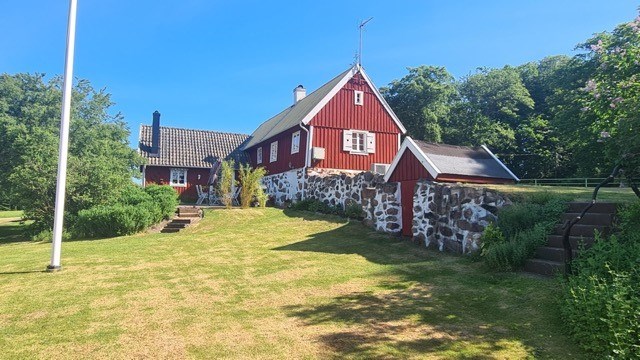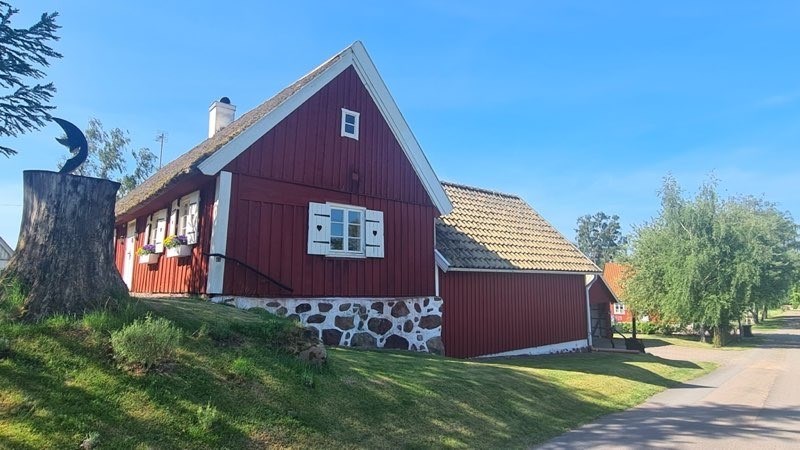
120 Million Households: How Solar Energy Could Close Africa’s Electricity Gap
Power outages – hardly imaginable in many parts of the world today. Yet in rural regions of East Africa, a lack of reliable energy was long an everyday reality. Today, however, communal solar power systems are transforming lives: they provide clean electricity that not only protects the climate but also improves health, education, and economic opportunities.
It’s nighttime at the Ndilidau Health Center in southeastern Kenya, near the border with Tanzania. Midwife Jacinta Malemba shines a flashlight into the darkness – just another of the countless nights when power outages disrupted the clinic’s operations. “We never lost anyone, but we often had to take great risks,” Jacinta recalls. The unreliable energy supply repeatedly brought the clinic’s work to a standstill: without electricity, equipment couldn’t be sterilized, vaccines and medicines couldn’t be refrigerated, and critical examinations had to be postponed.
Births in the Dark Are Now History
Today, the situation has changed dramatically. The small health center, serving twelve nearby villages with around 8,000 residents, now has its own solar power system, ensuring a reliable electricity supply. The impact on the community has been profound: pumps provide clean water for drinking and cooking, medical facilities can reliably operate their equipment, and local businesses benefit from stable energy access. These projects go far beyond basic power supply – they enhance education, healthcare, and economic growth.
Community Solar Power: A Collective Solution to Energy Poverty
The Ndilidau Health Center is one example in Kenya, Tanzania, and Uganda where communal solar systems transform lives. These systems are often centrally installed for villages or household groups. Alternatively, they may operate as independent mini-grids, offering shared electricity access. Sharing power from one installation reduces costs and resource use while ensuring more sustainable energy solutions for communities.
In the Napenda Solar Community, located south of Nairobi, residents not only gain access to clean energy. They also also receive training on how solar systems work, how to build them, and how to maintain them. This knowledge empowers communities to operate and manage these systems independently for the long term. In rural regions without access to centralized power grids, such projects provide a reliable and sustainable energy supply.
[embedded content]
Solar vs. Kerosene and Diesel: Cleaner, Safer, More Affordable
Solar systems offer a sustainable alternative to kerosene and diesel generators, which were long the primary sources of electricity for many households. These traditional fuels not only harm health because of soot and smoke, but they also significantly damage the environment. Furthermore, they are inefficient, hazardous, and increasingly expensive over time. Communal solar systems, by contrast, are clean, safe, and cost-effective.
These systems often operate under a pay-as-you-go model: households pay a small deposit for installation, with subsequent usage costs settled in flexible, mobile installments. Well-known payment platforms like M-PESA, widely used in Kenya, facilitate this process. M-PESA enables users to make payments and transfers via mobile phones, even in areas without bank access.
A standout example is M-KOPA Solar, a Kenyan company offering solar solutions under this model. Customers first pay an initial fee of 35 USD. They then make daily payments of 0.45 USD, often lower than kerosene costs. After about a year, households fully own the solar system. This approach makes clean energy both accessible and practical. It also reduces costs and significantly improves living conditions, creating long-term benefits for families.
Bridging Africa’s Energy Gap with Solar Power
Globally, 1.3 billion people lack access to electricity, while another billion face unreliable supply. In Sub-Saharan Africa, about half the population lives without power. Off-grid solar systems could play a crucial role in bridging this gap. According to a study by the European Investment Bank and the International Solar Alliance, these systems could provide electricity to 120 million households across Africa.
The International Energy Agency (IEA) predicts solar energy will dominate off-grid systems in Sub-Saharan Africa by 2040. Kenya aims to cut carbon emissions by 30% by 2030. The country promotes renewable energy through the National Climate Change Action Plan. Solar power combines climate action with innovation. It paves the way for a sustainable and fair energy future. Läs mer…


